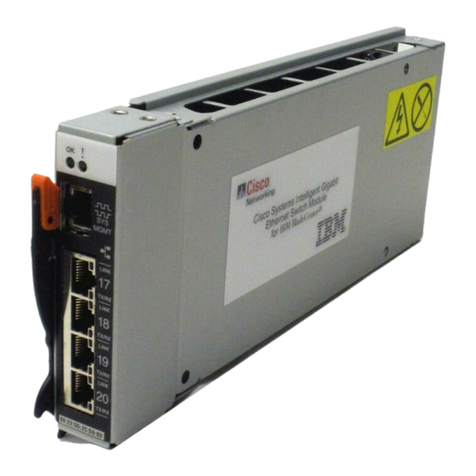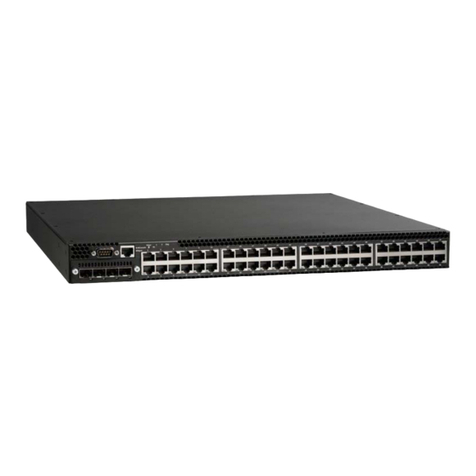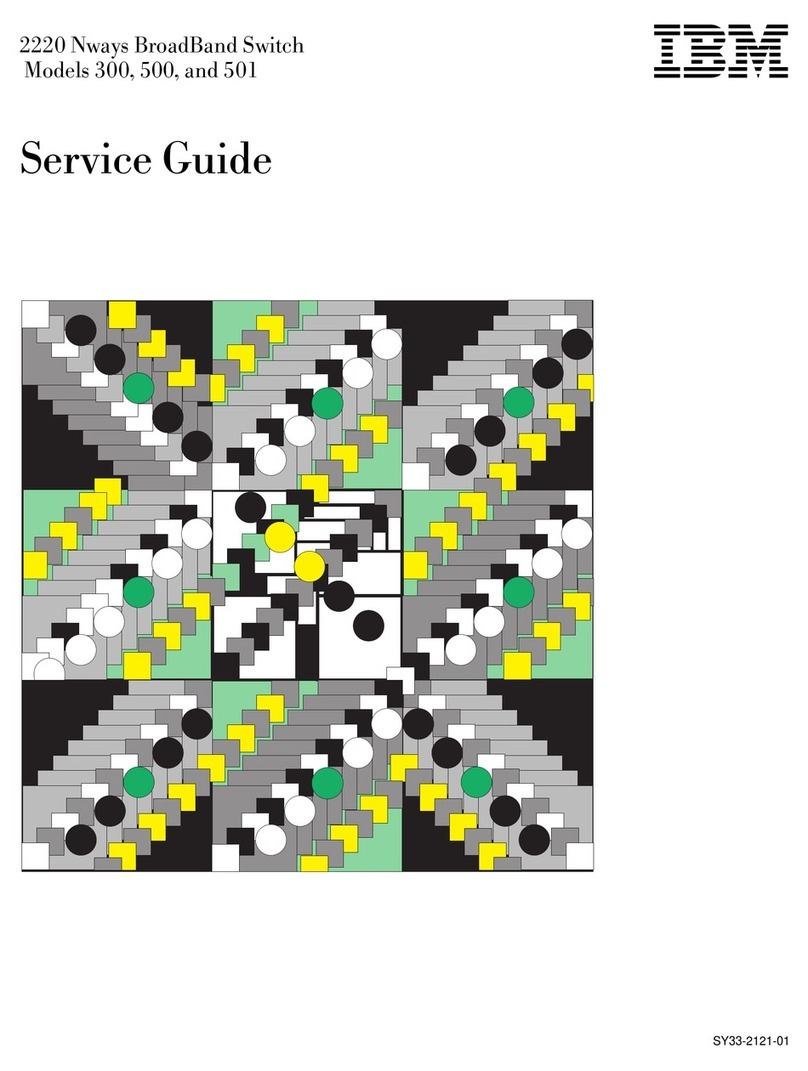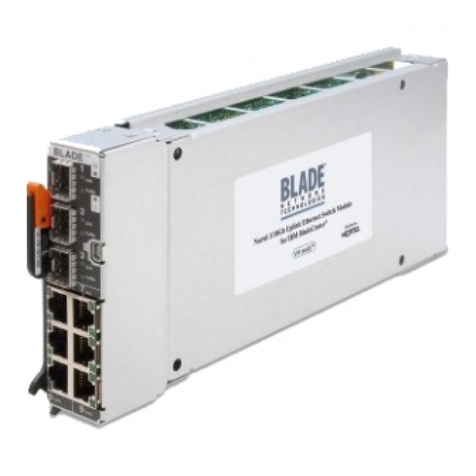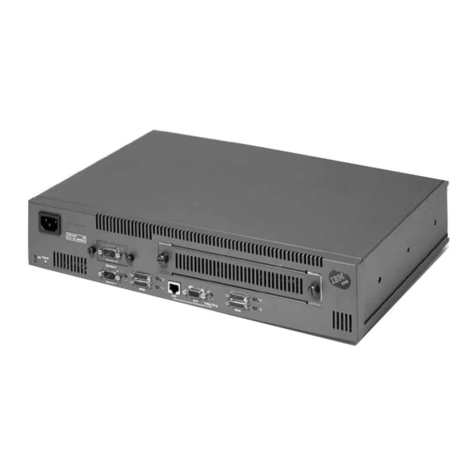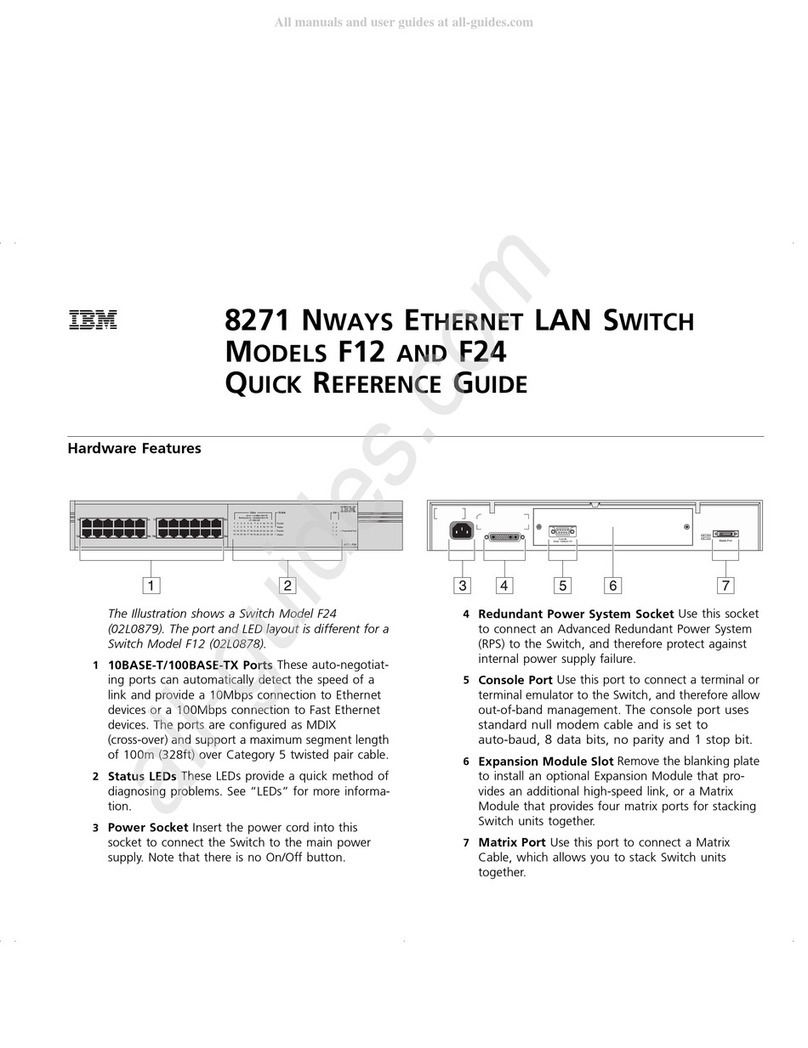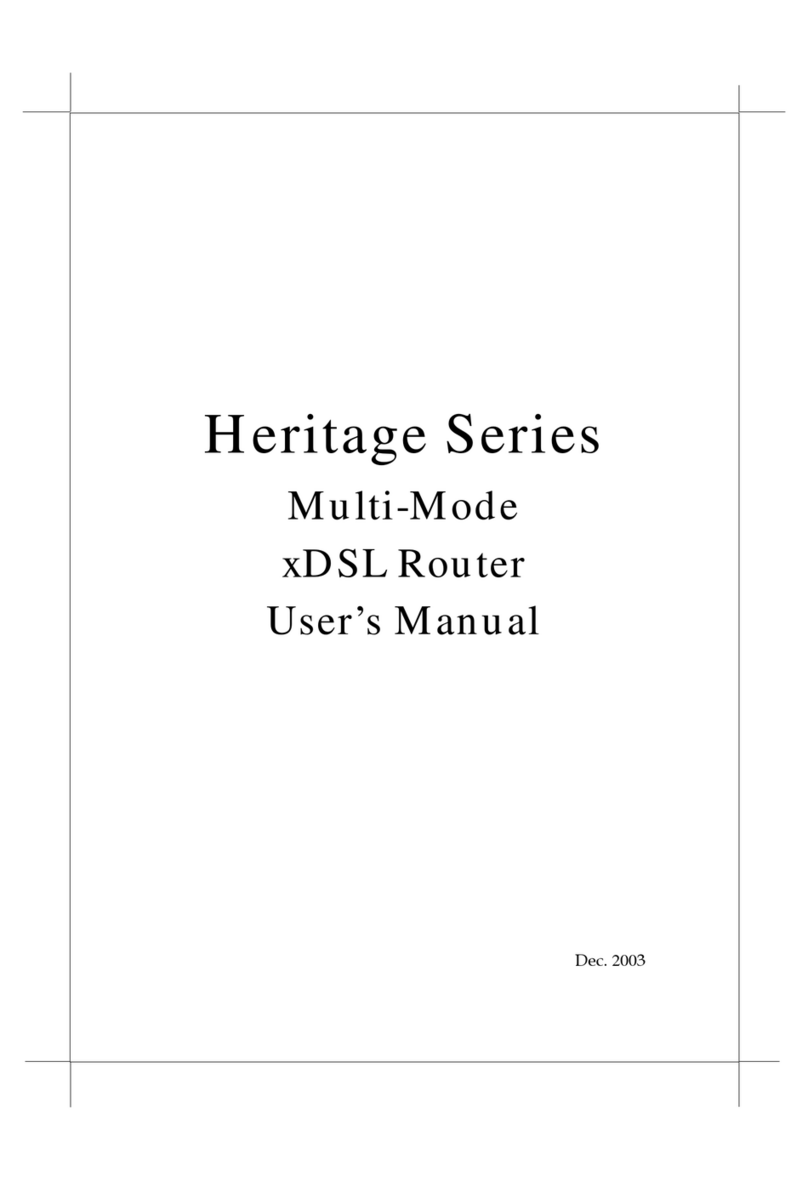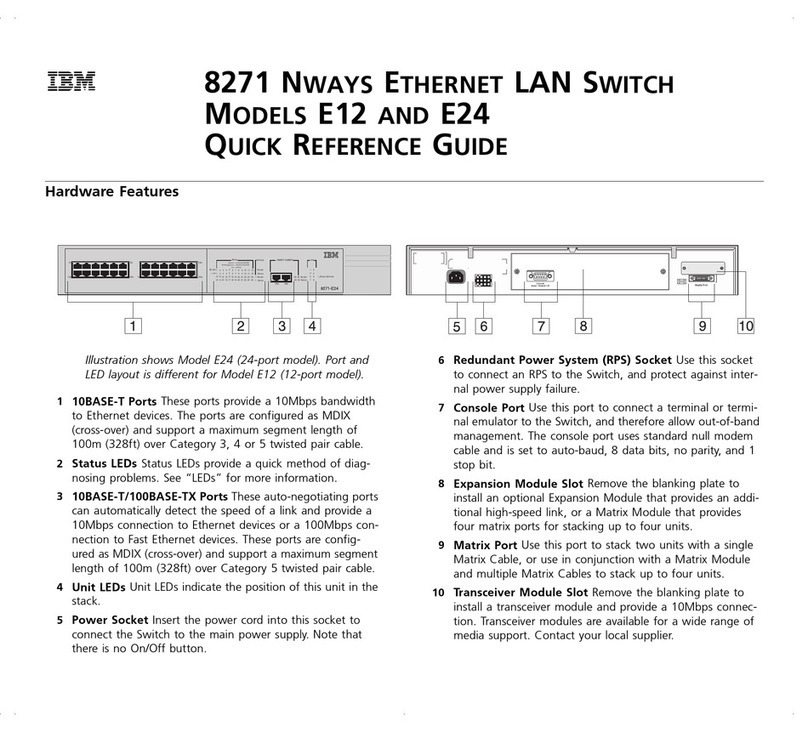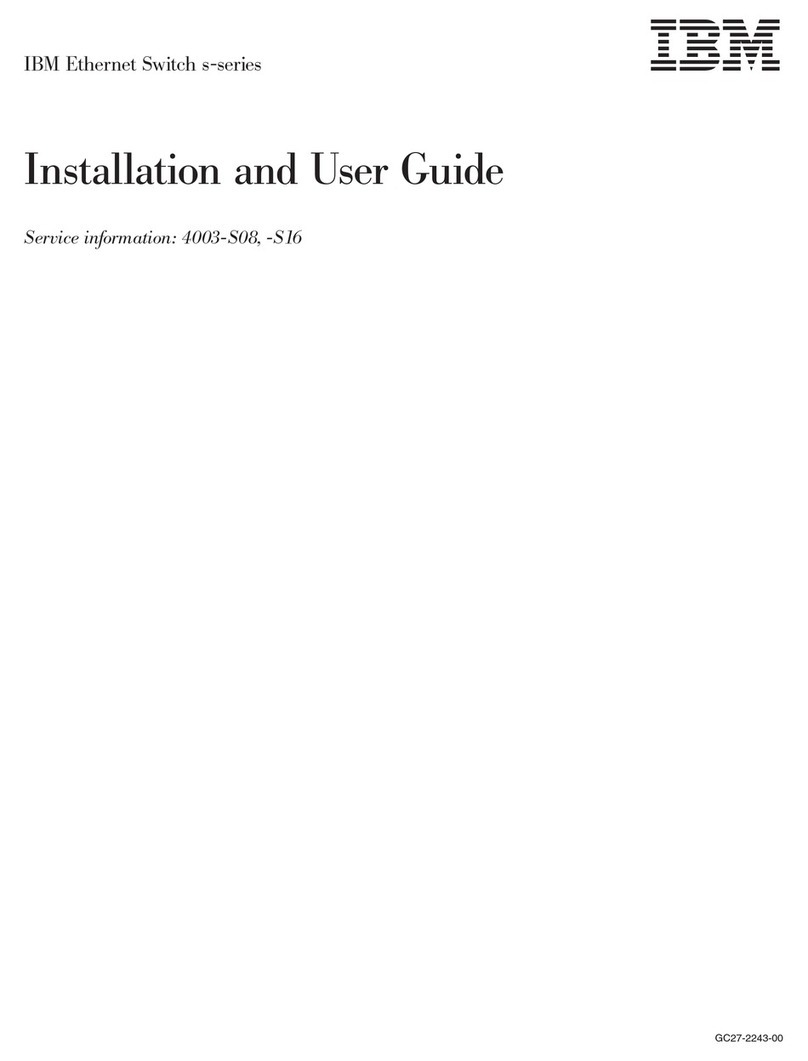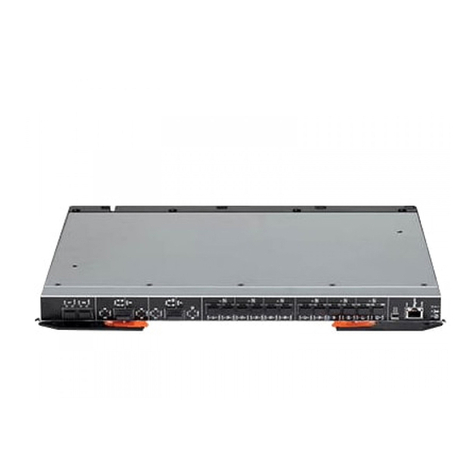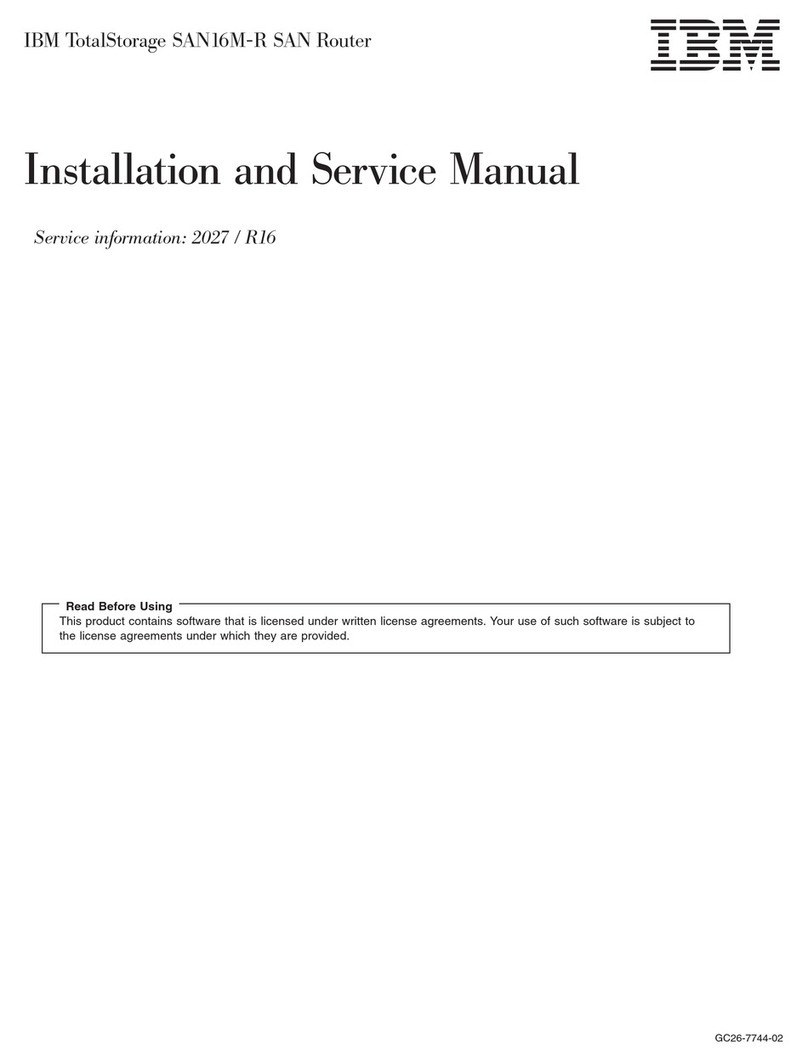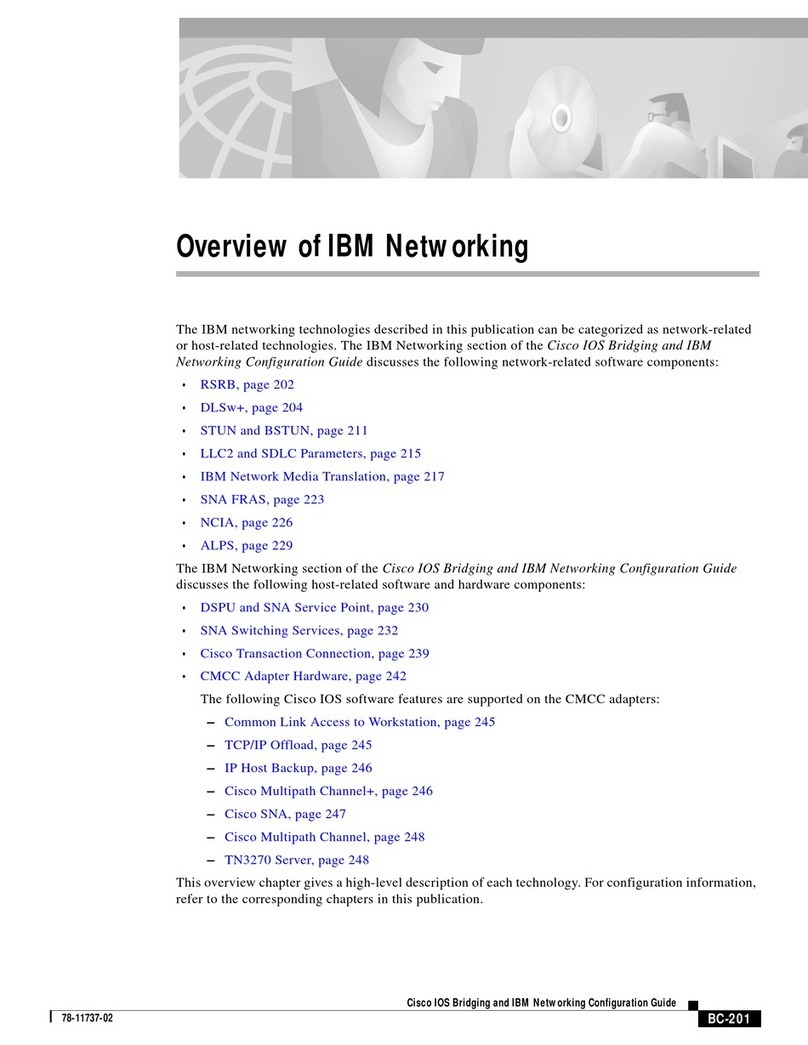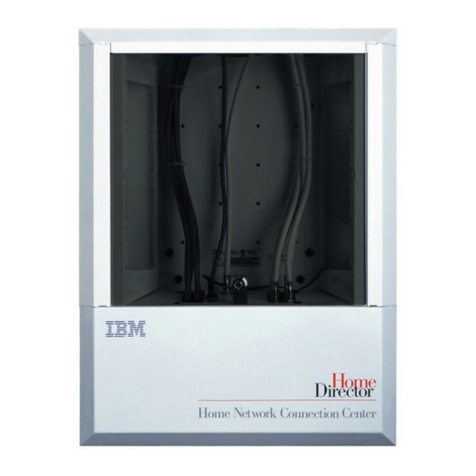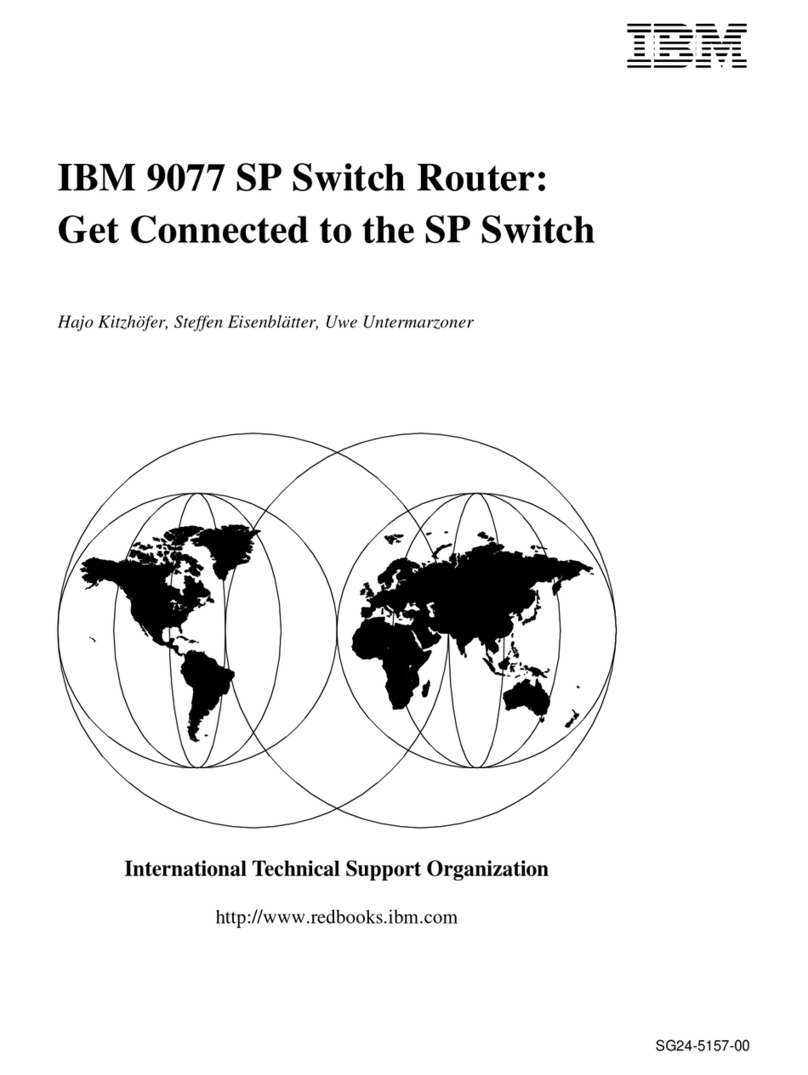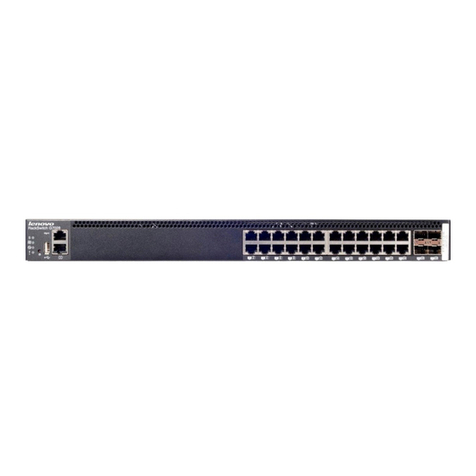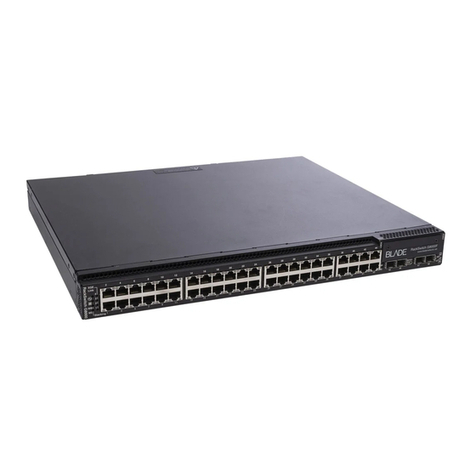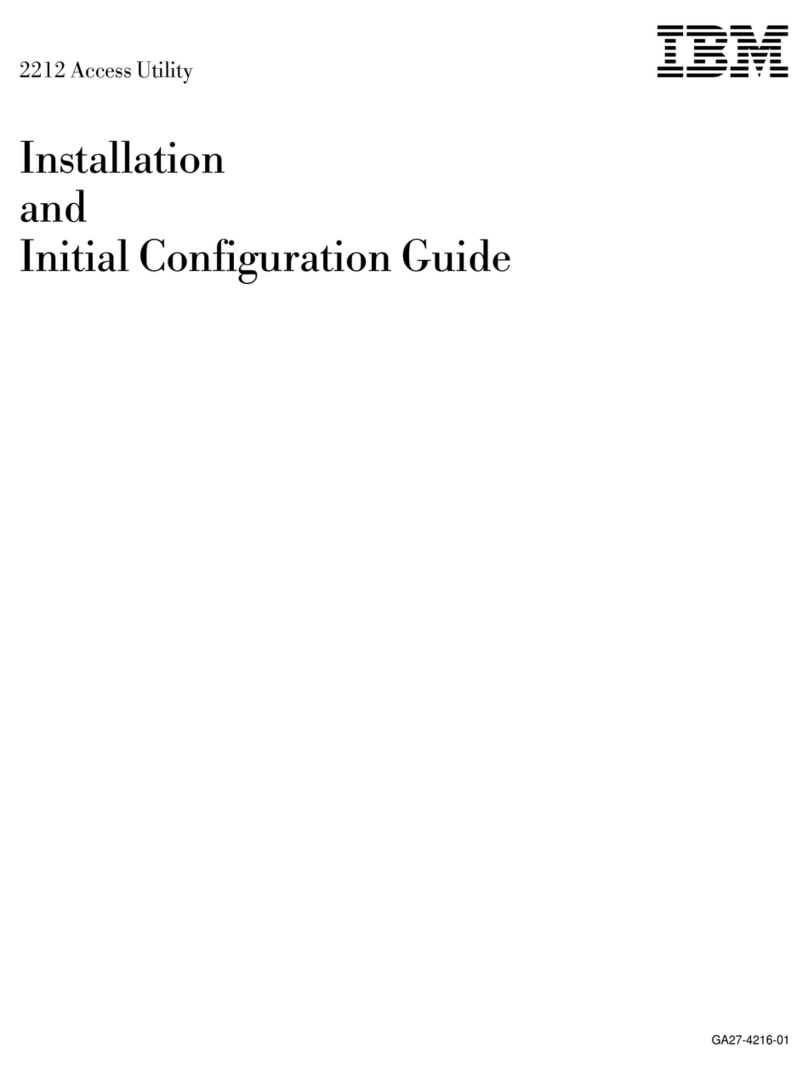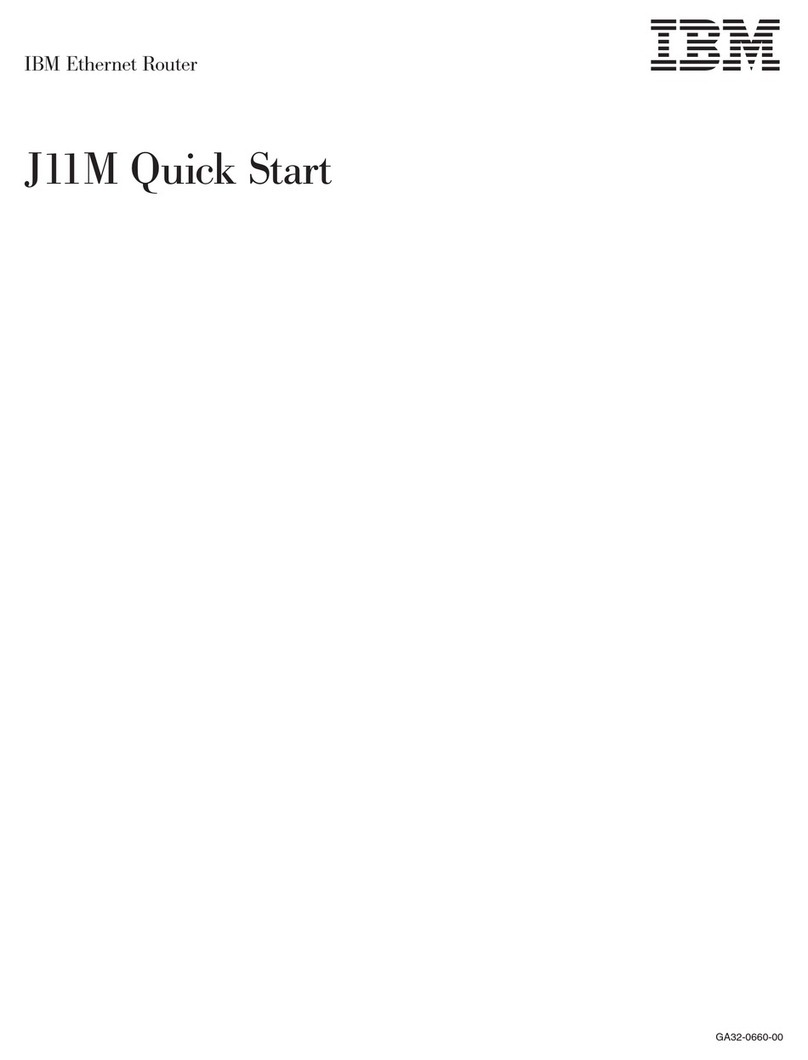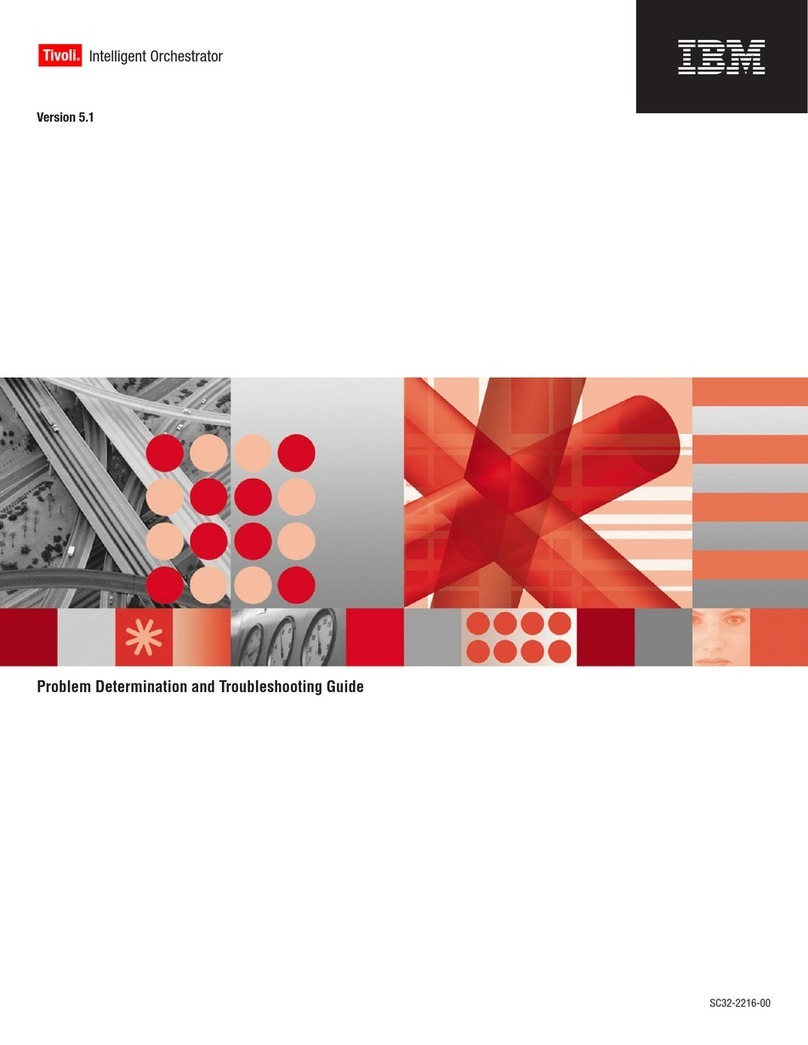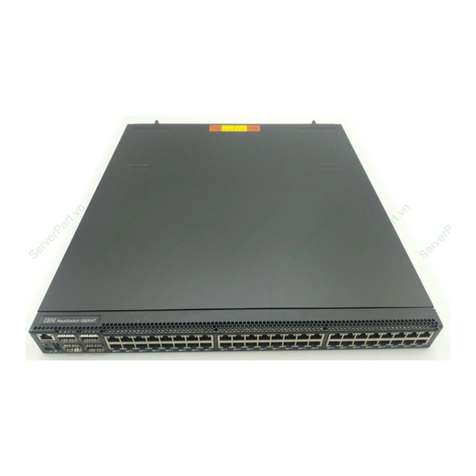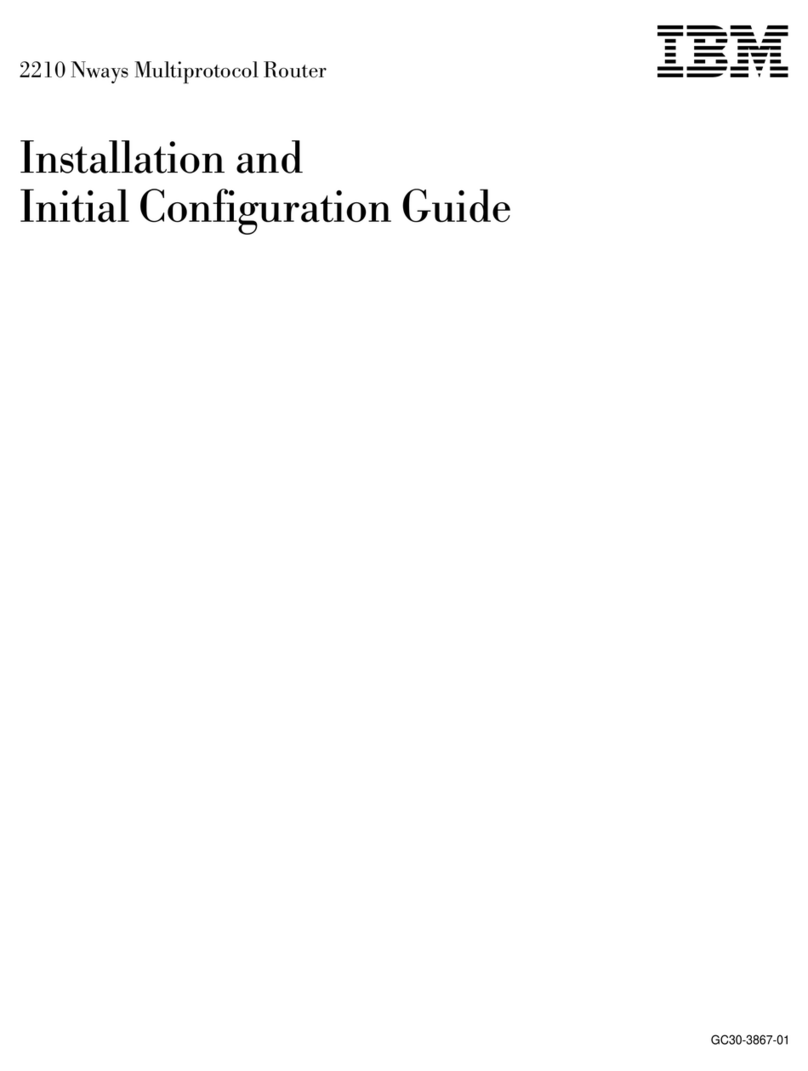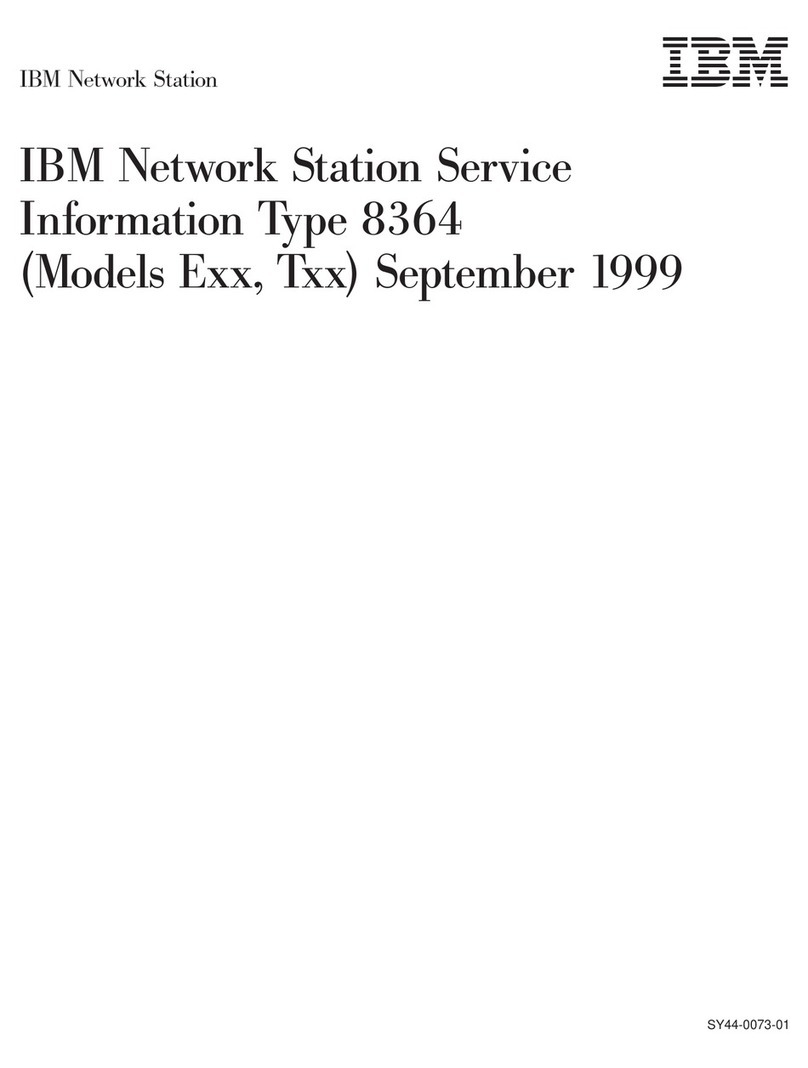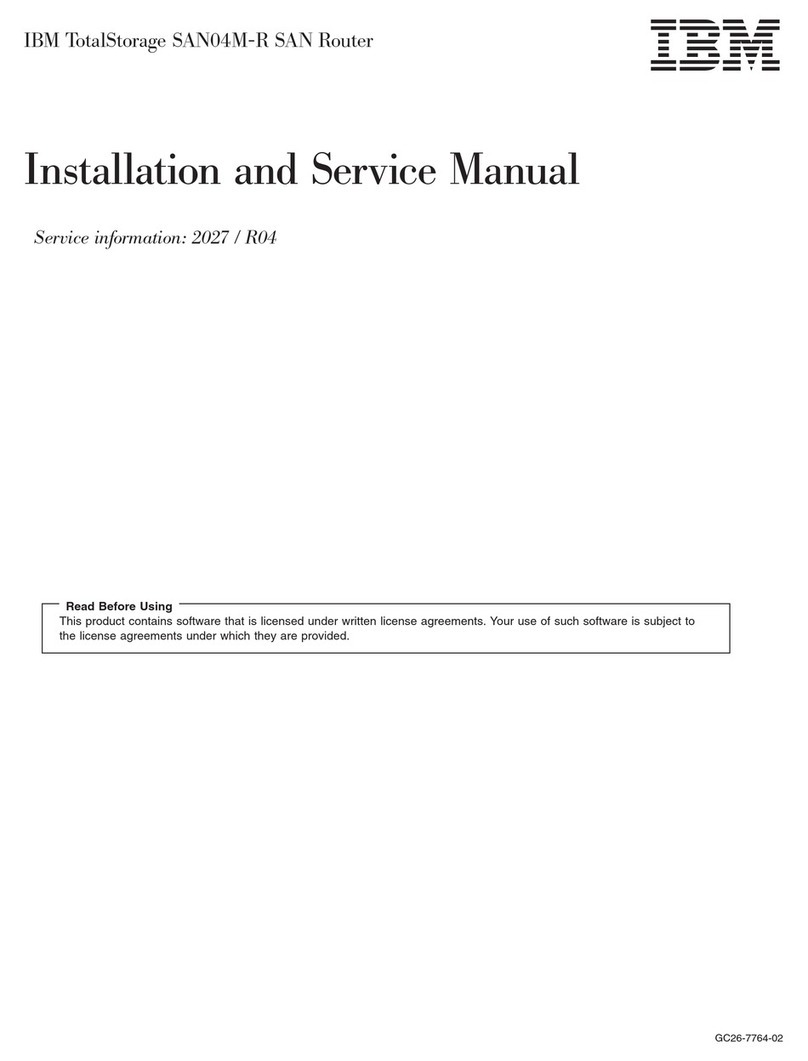
Configuration File ............56
Format File ..............57
Events Listing .............58
Event Class Structure ..........58
TECADNW4.NLM ............61
tecadnw4.nlm ............62
Troubleshooting the NetWare Log File Adapter . . 63
Chapter 5. OpenView Adapter .....65
OpenView Driver ............65
Reception of OpenView Messages ......65
Determining the OpenView NNM Version . . . 65
Incoming Messages Format ........66
Event Correlation With NNM 6.......66
Determining the OVsnmpEventOpen Filter Value 67
Testing Tools .............68
Testing Event Correlation With NNM 6 ....68
Event Correlation Example .......69
Adapter Files ..............70
Configuration File ...........70
Class Definition Statement File .......71
OpenView Event Example .......71
Keywords.............72
Built-in Variables for $VARBIND ....72
Object Identifier File ..........72
Error File ..............73
LRF File ..............73
Starting and Stopping the Adapter ......73
Events Listing .............74
Event Class Structure ..........74
OpenView Traps.............76
SNMP Traps .............76
OpenView Traps............76
Troubleshooting the OpenView Adapter .....77
Chapter 6. OS/2 Adapter .......79
Adapter Files ..............79
Configuration File ...........79
Format File .............80
Starting the Adapter ...........80
Stopping the Adapter ...........81
Events Listing .............81
Event Class Structure ..........81
Troubleshooting the OS/2 Adapter ......82
Chapter 7. SNMP Adapter.......83
SNMP Driver..............83
Reception of SNMP Messages .......83
Incoming Messages Format ........83
Server Configuration ...........83
Adapter Files ..............83
Configuration File ...........84
Class Definition Statement File .......84
SNMP Event Example .........84
Keywords.............84
Built-in Variables for $VARBIND ....85
Object Identifier File ..........85
Error File ..............85
Starting and Stopping the Adapter ......85
Cold Start ..............86
Warm Start .............86
Stopping the Adapter ..........86
Events Listing .............86
Event Class Structure ..........86
Rules Listing ..............88
SNMP Traps ..............88
Generic Traps.............88
Enterprise-specific Traps .........88
Creating a New SNMP Trap Event ......89
BAROC File Changes ..........89
Agent-independent Data ........90
Class Definition Statement File Changes ....92
Object Identifier File Changes .......93
Troubleshooting the SNMP Adapter ......93
Chapter 8. IBM Tivoli Enterprise
Console Gateways..........95
Controlling Event Traffic at the Gateway ....95
Example ..............95
Worksheets and Calculations .......97
Configuration File ............97
Chapter 9. UNIX Log File Adapter. . . 101
Event Server Configuration.........101
Starting the Adapter ...........101
Stopping the Adapter...........102
Running Multiple UNIX Log File Adapters . . . 102
Adapter Files .............103
Configuration File ...........103
Format File .............104
Class Definition Statement File ......104
Error File..............104
Events Listing .............104
Event Class Structure..........104
Default Rules .............108
Troubleshooting the UNIX Log File Adapter . . . 109
Chapter 10. Windows Event Log
Adapter ..............111
Adapter Files .............111
Configuration File ...........112
Prefiltering Windows Log Events .....115
Format File .............116
Registry Variables ............117
Low Memory Registry Variables ......119
Adapter Administrator Roles for Windows . . . 120
Starting the Adapter ...........120
Stopping the Adapter...........120
Events Listing .............120
Event Class Structure..........121
tecad_win Command...........123
tecad_win .............124
Troubleshooting the Windows Event Log Adapter 125
Chapter 11. Windows NT Event Log
Adapter ..............127
Adapter Files .............127
Configuration File ...........128
Prefiltering Windows NT Log Events . . . 130
iv IBM Tivoli Enterprise Console: Adapters Guide
